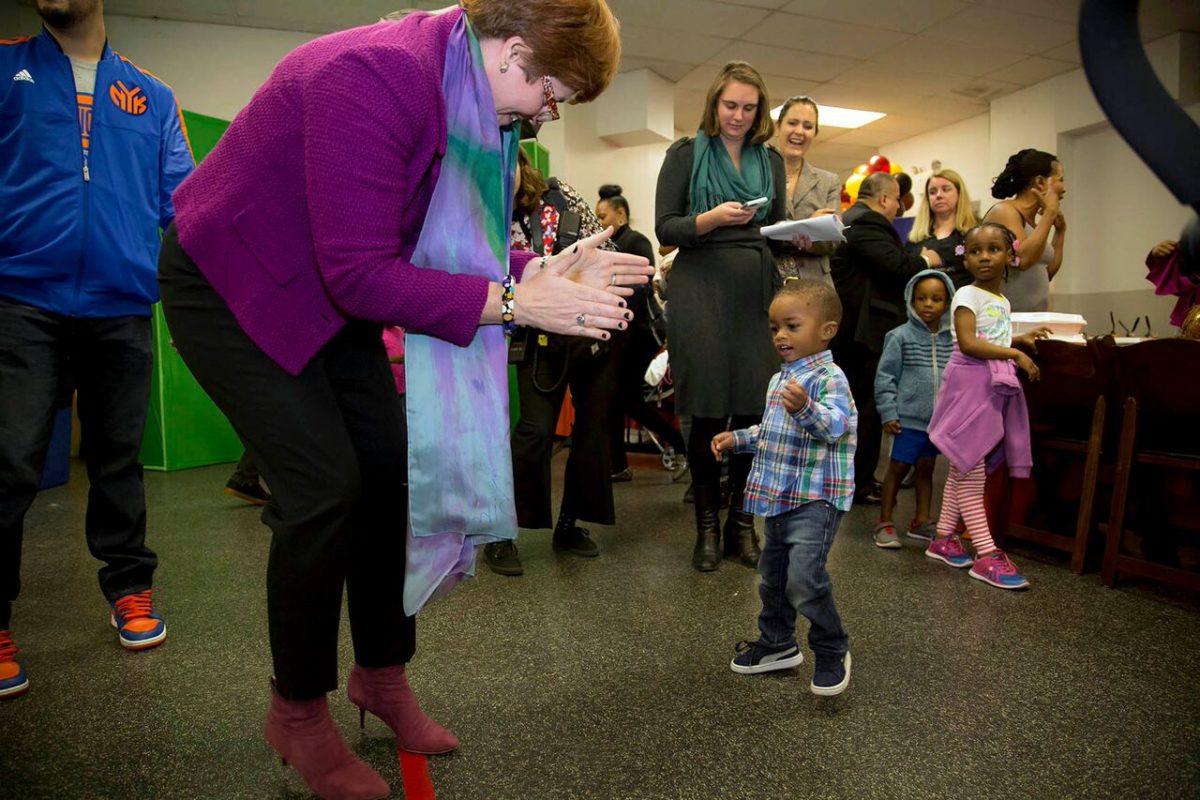It seems, sometimes, that the pace of technology moves at different speeds across society.
For the organization Christine Quinn leads, Women In Need, being able to text with its users could be a huge upgrade.
“Right now we’re literally going around and putting flyers under people’s doors,” Quinn explained in a phone call recently. “We’re not applying any of the technology or vision of the 21st century that we’ve used to solve so many problems.”
Since losing to Bill de Blasio in the 2013 mayoral election, Quinn has moved back into the field she worked in, housing, prior to her political career, which included eight years as the leader of City Council. In 2015 she took over as the president and CEO of Women in Need (WIN), a homeless shelter organization that houses more than 10 percent of the city’s homeless population.
Last month, the organization announced that it’s partnering with the NYU Center for Urban Science and Progress (CUSP) program, based at the university’s Downtown Brooklyn engineering campus.
With CUSP, WIN will get help in analyzing the data it has on the population it serves in order to optimize its operations and how it can help its users.
“We really need guidance in figuring out what are the most important data points we have and what are the ones we don’t have,” Quinn explained. “We have to learn about how we can prevent homelessness and how we can prevent people from returning.”
Specific areas for study by CUSP will include analysis for maintenance and inspections, predictive models for family outcomes and a roadmap for integrating technology into shelter design.
Quinn said she hopes that with the use of data science, WIN can become “the first smart shelter in the nation.”
As state of the art as that may sound, conditions on the ground reflect the different speeds technology moves through society.
“We’re perpetually patching and gluing boilers and A/Cs together. No one’s figured out ‘Are these good boilers? Are we spending too much on heat?'” Quinn explained, when thinking of ways data could help operations. “Any dollar or penny we can save on some of the building systems is money we can put into client services.”
Join the conversation!
Find news, events, jobs and people who share your interests on Technical.ly's open community Slack
